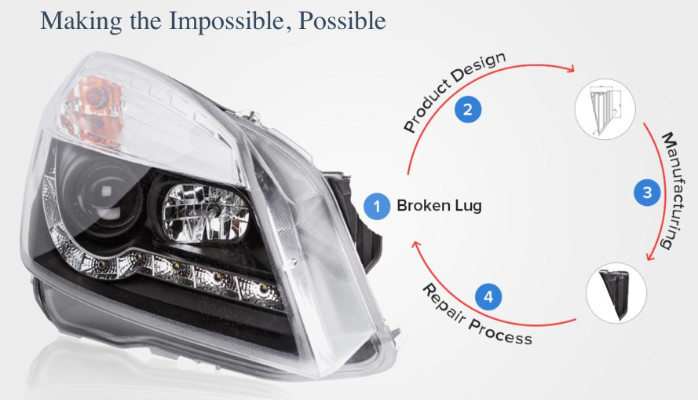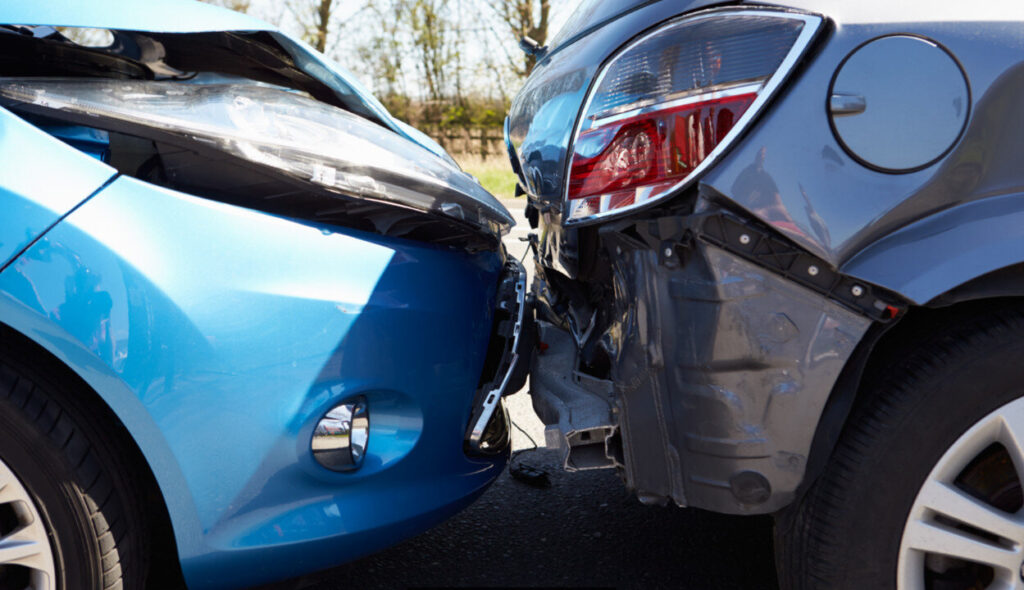As I reflect on my extensive experience attending conferences and industry events since I can recall, one persistent issue that has consistently dominated discussions is the challenge of talent and skills shortages within the collision repair industry. Despite witnessing remarkable advancements in modern-day cars and technology, we find ourselves stuck in a cycle of stagnation when it comes to effectively addressing the talent crisis. This article delves into the urgency of bridging the gap between industry offerings and public perception and proposes a comprehensive solution to attract fresh talent and secure the future of the collision industry.
The Collision Industry\’s Untapped Potential:
The collision repair industry is a hub of brilliance, boasting some of the brightest minds that contribute to our society\’s safety and mobility. This dynamic field offers unparalleled pathways to lifelong careers, particularly as the skill set of modern technicians evolves in tandem with the advancements in vehicle technology. However, despite the exciting prospects it holds, we face a daunting obstacle in effectively promoting these opportunities to potential new talent. Regrettably, the prevailing perception of our trade as dirty and antiquated remains ingrained in the minds of many, making it challenging to communicate and engage with prospective individuals.
Breaking the Cycle of Stagnation:
To thrive in the rapidly evolving automotive landscape, we must break free from the cycle of stagnation. It is imperative that we reevaluate our strategies and implement a fresh approach to change public perception and inspire a new wave of talent to embrace the boundless prospects awaiting them within the collision industry. Emphasizing the industry\’s innovative nature and showcasing the integral role of technology in car repair will be key in attracting the tech-savvy individuals we need to move forward successfully.
Addressing the Talent Shortage:
The talent shortage poses a critical challenge that demands immediate attention from all stakeholders within the collision repair industry. As vehicles become increasingly sophisticated, the demand for skilled talent capable of handling advanced technologies and software-based components rises exponentially. Compounded by negative perceptions of the trade, attracting and retaining new talent becomes even more difficult.
Uniting the Industry for Success:
I firmly believe that the time has come for the industry to unite and tackle the pressing issue of talent shortage head-on. The solution lies in establishing an alliance that brings together key players and a centralized portal to serve as a platform for sharing resources, knowledge, and best practices. Relying on isolated micro-programs in specific regions will not suffice in competing against globally recognized companies with strong brand recognition.
By creating a unified voice that promotes the industry worldwide, we can effectively showcase the rewarding and innovative aspects of a career in collision repair. The alliance and centralized portal will create pipelines to attract fresh talent where it\’s needed most. This cohesive approach will not only address the talent shortage but also elevate the industry\’s reputation, dispel negative perceptions, and ultimately secure its long-term growth and success.
Time for action
The collision repair industry stands at a crucial juncture where action must be taken to secure its future. By breaking the cycle of stagnation and effectively promoting the industry\’s innovative nature, we can attract the tech-savvy talent required to meet the demands of the rapidly evolving automotive landscape. Addressing the talent shortage is not an isolated task but one that requires the collective effort of all stakeholders.
Now is the time for the industry to unite and tackle the pressing issue of talent shortage. The establishment of an alliance and a centralized portal will pave the way for a bright and promising future for the collision industry. By promoting a cohesive and forward-thinking approach, we can inspire the next generation of skilled professionals to join us on this exciting journey. Together, we can propel the collision repair industry to new heights and ensure it remains at the forefront of innovation and excellence in the years to come
What can we do
Establish an industry alliance: Create a collaborative multi-layer alliance comprising key people, stakeholders, and supporting bodies. This alliance, driven or supported by such a body as IBIS, which is the only global body in our industry, can serve as a platform for sharing resources, best practices, and knowledge to collectively address the talent shortage and foster the information and expertise of alliance members.
Develop a digital tech-focused centralized talent portal: Through the alliance, develop a centralized industry platform driven by a digital framework of online, mobile, and virtual applications that will appeal to the new tech-focused generation, providing higher success to connect, attract, and manage talent at the grassroots, then filtered into current established auto colleges, training bodies, and collision businesses. This portal can act as a one-stop destination for individuals interested in pursuing a career in the automotive collision repair industry, engage them, and filter through to industry partners to provide the best career path suited to each individual.
Leverage technology for talent acquisition: Utilize gamified educational applications, virtual reality training modules, and online learning platforms to make the industry more appealing to the younger generation. By incorporating interactive and immersive technologies, the industry can attract tech-savvy individuals and provide a modern learning experience.
Showcasing Success Stories: Sharing success stories of individuals who have thrived in the collision industry can be a compelling recruitment tool. These stories can highlight their journey, the opportunities they encountered, and how the industry has enabled them to grow both professionally and personally. Personal anecdotes from industry champions provide authenticity and real-world examples of what a fulfilling and rewarding career in collision repair can look like.
Building Role Models: Industry Champions: Promoting industry champions as role models can instill a sense of purpose and aspiration among the younger generation. Creating digital mentorship applications and programs that pair industry champions with aspiring technicians allows for the transfer of knowledge, skills, and valuable insights. Having relatable role models who have successfully navigated the industry can inspire students to pursue a career in collision repair.
General Job Seekers: Career Transition Initiatives: With the predicted job losses due to AI and automation, we can attract white-collar professionals and individuals affected by offering tailored upskilling and career transition programs, showcasing job stability, and collaborating with employment agencies. By actively promoting these programs through targeted marketing and outreach efforts, highlighting the potential for skill transformation and career growth, and offering financial assistance or scholarships to alleviate barriers, the industry can effectively attract these potential experienced and job-ready candidates seeking long-term career prospects and a secure career path.
Implement targeted marketing and branding strategies: Invest in targeted marketing campaigns through one single voice, to enhance the industry\’s reputation and dispel negative perceptions. Emphasize the industry\’s technological advancements, innovation, and the potential for growth and career development. Develop a strong and consistent brand message that resonates with the target audience.
Engage with industry and technology associations: Foster partnerships with associations related to automotive technology, software development, and emerging technologies. This collaboration can facilitate knowledge sharing, joint research and development, and the creation of career pathways that align with the industry\’s evolving needs.
Promote diversity and inclusion: Embrace diversity and inclusion initiatives to attract a wider range of talent. Establish programs that encourage underrepresented groups, such as women and minorities, to pursue careers in the automotive repair industry. Create a welcoming and inclusive environment that values diversity and fosters innovation.
Manage continuous professional development: Invest in ongoing training and upskilling programs for existing employees to keep up with technological advancements and manage progress. By prioritizing professional development, the industry can retain and nurture its current talent while enhancing their skills to meet future challenges.
Everyone is a winner. Such an initiative with some or all of the related options will only add value to all stakeholders and provide the broader industry a stronger central voice to promote and sell the industry to its true potential.


